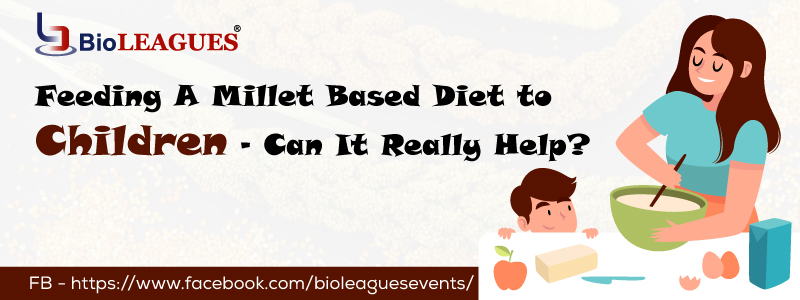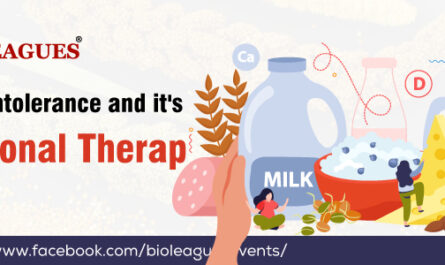A serious global concern is undernutrition, including stunting, underweight, and wasting. According to estimates, 149 million children under the age of five suffer from stunting, and 45 million children under the age of five suffer from wasting. Children who are undernourished have a higher risk of contracting infections, and illnesses that do occur more frequently and severely have a longer recovery time. Undernutrition is thought to be a contributing factor in about 45% of all paediatric fatalities worldwide, and it is especially prevalent in low- and middle-income nations. Malnutrition in children is thought to be a sensitive indication of general levels of hunger and food insecurity. By 2030, the Sustainable Development Goal 2 (SDG 2) aims to end all kinds of hunger and malnutrition.
To solve the global issue of hidden hunger, a varied diet is required, particularly in the case of staple foods. In poor nations of Africa and Asia, the Big 3—rice, wheat, and maize-based foods—make up more than 70% of the energy consumed. Traditional crops, like millets, are abundant in vitamins and minerals including zinc, iron, and protein. These micronutrients are typically deficient in other staples like milled rice, refined wheat, and maize, while finger millets are notably rich in calcium. Numerous nutrients are necessary at various phases of growth and development, especially for the development of the linear skeleton. These include a sufficient supply of nutrients, such as the vitamins C, D, and K necessary for collagen synthesis, bone metabolism, and/or phosphate homeostasis, as well as minerals and ions that make bones, such as calcium, phosphorus, magnesium, and zinc. Calcium always remains as a priority nutrient for bone growth especially during the tremendous growth periods of infancy (first twelve months) and adolescents (13 to 18 years). Finger millets have a threefold higher concentration of calcium than milk, and calcium retention is higher for finger millet than for any other staple. Moreover, millets contain more methionine, sulphur amino acids, compared to milled rice and refined wheat.
A brief nutritional profile of Finger Millet (Ragi) is as follows
- The calcium content of finger millet is the highest (300-350 mg/100g)
- The mineral content of ragi is the highest.
- It has a comparatively lower protein (6-8% protein) and fat content (1.5-2 percent) and contains mainly unsaturated fats
- The sulphur-rich amino acid composition of finger millet proteins makes them stand out.
- The grains are well-known for their usage as weaning foods due to their outstanding malting qualities
- It has a great deal of antioxidant properties
Recipes for children using Finger Millet-
Apple Ragi Halwa, Ragi Banana Pancakes, Ragi rava Upma, Ragi Oats Idli, Ragi Dosa and much more…
A brief nutritional profile of Pearl Millet (Bajra) is as follows:
- The lignin and phytonutrients in pearl millet act as strong antioxidants thus preventing heart related diseases
- Pearl millet has a high protein content, as well as fats.
- It has a dietary fibre content of 11.5 percent. Food transit time in the intestine is lengthened. As a result, the risk of inflammatory bowel disease is reduced.
- Pearl millet has a greater niacin concentration than any other cereal
- Folate, magnesium, iron, copper, zinc, and vitamins E and B-complex are also present
- When compared to other millets, it has a high energy level.
- It also contains calcium and unsaturated fats, both of which are beneficial for health
Recipes for children using Pearl Millet-
Bajra Upma, Bajra stuffed Parantha, Bajra Laddoos, Bajra sweet porridge
A brief nutritional profile of Sorghum (Jowar) is as follows:
- Prolamin (kaffirin), a major component of sorghum protein, has the unique property of lowering digestibility when cooked, which may be beneficial to some dietary categories.
- Cooked sorghum proteins are much less digestible than other grain proteins, which could be beneficial to some dietary groups.
- Protein, fibre, thiamine, riboflavin, folic acid, and carotene are all abundant.
- It contains plenty of potassium, phosphorus, and calcium, as well as iron, zinc, and sodium.
Recipes for children using Sorghum-
Sorghum Porridge, Jowar vegetable Upma, Jowar Thepla, Jowar Dosa, Jowar rainbow rolls
The year 2023 has been approved by the United Nations as the International Year of Millets, which is expected to at tract major attention to millets. Encouraging the use of millets to diversify children’s regular diets is necessary to combat malnutrition. Furthermore, millets are a rich source of numerous nutrients and have been scientifically proven to help address many of the major nutritional and health needs around the world, including type 2 diabetes management, lowering total cholesterol levels, obesity, and iron deficiency anaemia in addition to addressing child undernutrition. To make this proposal a reality, investments and demand for millets must be stimulated along the entire value chain, from fork to farm, by raising knowledge of their nutritional benefits.
Author:Anupreet Kaur Sobti
Clinical Dietitian (MSc Foods and Nutrition) and Founder, Dietaura
Health and Nutrition Life Coach
Advanced Gastronomist





